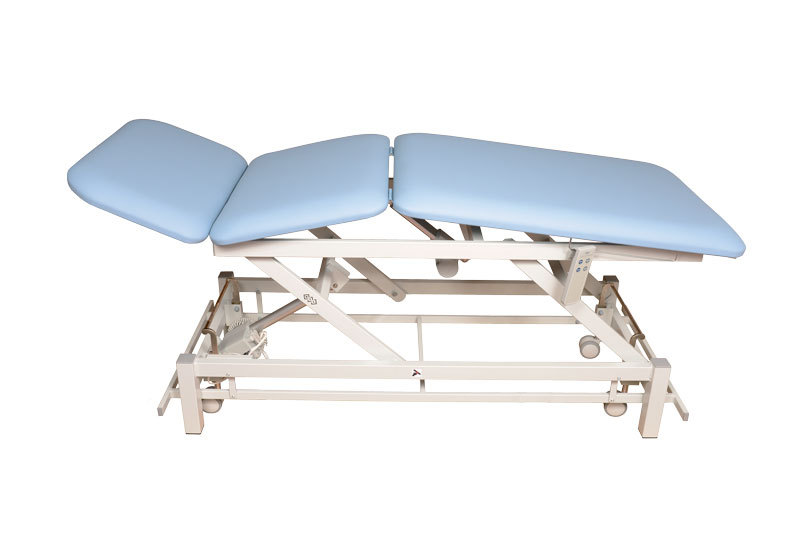
Title: Improving Patient Comfort and Safety: Review of Treatment Tables and Beds
Introduction: Treatment tables and beds are important pieces of equipment used in healthcare settings for a variety of procedures, including physical therapy, massage, and minor surgery. These specialized surfaces are designed to provide optimal support, comfort and safety to patients undergoing treatment or medical procedures. In this article, we'll dive deeper into the features of treatment tables and beds that contribute to patient comfort and safety and explore their use in a variety of healthcare settings.
-
Physical Therapy Tables: Physical therapy tables are designed to perform a wide range of therapeutic exercises, manual techniques and rehabilitation procedures. These tables typically have an adjustable height, backrest, and footrest, allowing therapists to optimally position patients for treatment. Some physical therapy tables may include additional features such as padded surfaces, traction units, and attachment points for resistance bands or pulleys. By providing a stable and supportive platform for therapeutic interventions, physical therapy tables allow therapists to provide effective treatments while ensuring patient comfort and safety throughout the rehabilitation process.
-
Massage tables: Massage tables are specialized surfaces used for massage treatments and bodywork techniques. These tables come in a variety of designs, including portable, stationary, and electric models, to suit the needs of different massage practitioners and clients. Massage tables typically have a soft surface, adjustable height, and face rests to enhance patient comfort and relaxation during massage sessions. Some desks may also include features such as heated surfaces, memory foam padding, and adjustable armrests for personalized comfort. Providing a comfortable and supportive platform for massage treatments, these tables promote relaxation, stress relief and muscle tension, promoting overall health and well-being for clients.
-
Operating Beds: Operating beds, also known as surgical tables, are specialized surfaces used to perform minor surgical procedures and medical procedures. These beds are designed to provide a stable and sterile environment for surgical procedures, with features such as adjustable height, tilt and side tilt positions for optimal patient positioning during surgery. Surgical beds may include built-in safety rails, straps, and padding to protect patients and prevent falls or injuries during procedures. In addition, these beds can have radiotransparent surfaces for compatibility with imaging equipment such as X-ray machines and fluoroscopy systems. By providing precise and secure patient positioning, operating room beds contribute to the success and safety of surgical procedures, minimizing the risk of complications and ensuring optimal surgical results.
Conclusion: Treatment tables and beds play a critical role in healthcare settings, providing the necessary support, comfort and safety to patients undergoing various types of treatments and medical procedures. Whether these specialized surfaces are used for physical therapy, massage, or minor surgery, they are designed to meet the unique needs of both patients and healthcare professionals. With features such as adjustable settings, padded surfaces and safety mechanisms, treatment tables and beds enhance patient comfort and facilitate effective treatment delivery, ultimately helping to improve patient outcomes and satisfaction with the practice.






